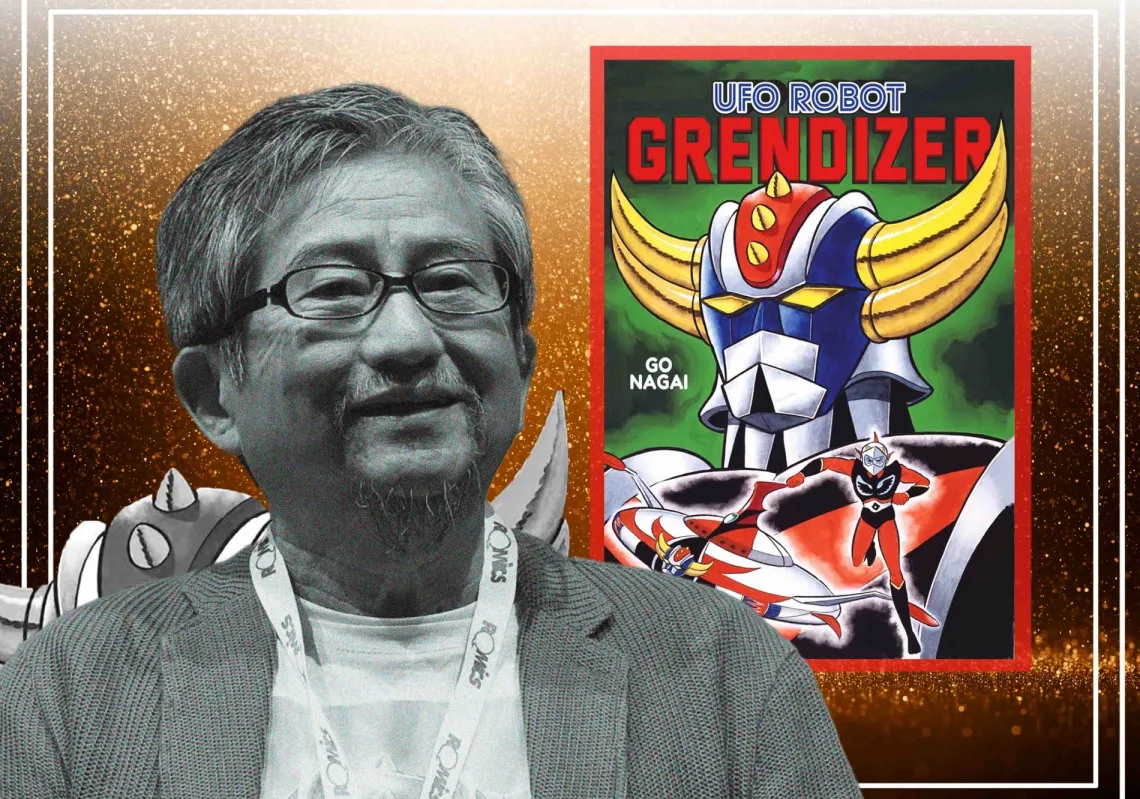On the banks of the Nile near an ancient temple built for the god Osiris by Pharaoh Seti I, an elderly Englishwoman lived, but she was no ordinary woman. Dorothy Eady died at the age of three, and when she woke up, her life was changed forever. She was convinced that she was born across the sea in ancient Egypt. She claimed that she was an Egyptian princess.
There is no doubt that Dorothy Eady's story is a very interesting story as reincarnation is one of the most controversial issues of all time. There are those who believe in it and consider it a metaphysical science, while others reject the idea and view these matters as mere coincidences of fate, nothing more and nothing less.
On January 16, 1904, in a suburb of south London, a beautiful girl named Dorothy Lewis was born to parents of Irish descent. When Dorothy was three years old, while playing at the family home in Blackheath, she fell from the top of the stairs to the basement, hitting her head on the ground and falling into a coma. The family doctor said that Dorothy had passed away, and asked to shroud the girl and prepare her for burial. Amid the parents' shock, Dorothy came out of her coma naturally and in good condition.

The little girl started chanting, “I want to go home,” so that her parents told her that she was at home, but she insisted nervously that her home was not here and began to give descriptions of her alleged home.
The parents did not know that this incident would change the course of their daughter’s life, turning her from the English citizen Dorothy Eady to the discoverer of Egyptian antiquities “Umm Seti” (mother of Seti), who spent her life in Egypt among the tombs and temples and was buried next to her lover King Seti I in the El Araba El Madfuna, in El Balyana Center in Sohag Governorate.
A year after the accident, her father took her on a trip to the British Museum, and as soon as she sees the pharaonic statues, the condition of the little girl changed, and she began to circle around the statues, kiss their feet, and shout, "My homeland," amid the astonishment of the father and the museum's visitors. This incident prompted her father to keep her away from the museum so as not to disturb the visitors.
When she reached the age of ten, she caught the attention of the famous English archaeologist Sir Badge, who noticed her strong passion for Egyptian antiquities.
Sir Badge volunteered to teach Dorothy the hieroglyphic language. He was astonished by the speed of her learning. When he asked her about it, she said that she only remembers what she had learned before. She was still insisting that the knowledge came from that distant time and that in her previous life she was part of the court of Pharaoh Seti I. She told him about the dream in which she saw Seti I come to her in her sleep and ask her to return home.
By 1927 the family moved to London, which encouraged Dorothy to satisfy her hunger and love of the study of Egyptology. She joined an art school and specialized in ancient art. During this time she got acquainted with a young Egyptian man named Imam Abdul Majid who also came to study. The relationship between them developed, and after three years they married and she gave birth to her only child, whom she decided to name Seti.
In 1933 she visited Egypt for the first time with her husband, and as soon as she disembarked at the port in Port Said, she bent over to the ground and wet the quayside with her tears. Her husband received an offer to work in Iraq, but she refused to leave her homeland, Egypt, and the couple divorced in 1935. It seems that the husband took the child Seti with him because all the sources that discuss her did not mention the child again.

In the unfinished autobiography that Dorothy wrote in 1972, she told about the visits in her dreams of the god Hor-Ra who he told her that she was an Egyptian girl named Bentreshyt with a father who was in the army and a mother who worked as a vegetable seller during the reign of King Seti I (1290-1279 BC). Dorothy continued to write that after the death of her mother, the father could not bear the hardship of raising her so he gave her to the temple of Abydos to work as a priestess in the service of the god.
Because of her intense love for the Pharaoh and her fear for his political future from the scandal of his illicit relationship with her as one of the priestesses of the temple, she committed suicide. According to the sources, that episode was the reason for her move in the last part of her life to Abydos and the reason for calling her Umm Seti.
After the divorce in her present life, Dorothy moved to live in the Nazlat al-Samman area, near the pyramids of Giza, where she was drawing, recording, and writing. She was also performing rituals similar to prayers in front of the pyramids.
During that period, the well-known archaeologist, Dr. Salim Hassan (1868-1961), heard about her as he was excavating in the Giza area. He hosted her in the Giza archaeological area and employed her as a painter in his archaeological team.
Through her work, Dorothy participated in some of the drawings of the great encyclopedia that Hassan wrote under the name of the Encyclopedia of Ancient Egypt and thus was the first woman in Egypt to work in the Egyptian Antiquities Department. After her work finished with Dr. Hassan's team, she went on to work for the archaeologist, Dr. Ahmed Fakhry, in the Dahshur region.
In 1956 she decided to answer the call of her soul to go to the south of Egypt, specifically to El Araba El Madfuna, Abydos Village. As soon as she arrived, she told the archaeological inspectors that this place is her home. Of course, the inspectors did not believe her, so she showed them some newly discovered inscriptions that were not translated and translated the hieroglyphs for them. This astonished the inspectors and they called her the “eccentric lady.”
The matter did not stop at only amazement, Dorothy also faced rejection by the village women, who feared the effect of her beauty on their husbands. The people wanted to stone her, but she continued to insist that she was at home in her homeland.
In the end, one of the large families in the village decided to look after her and allocated a guard to guard her. Thanks to the help of Dr. Salim Hassan, she got a job in the temple of Abydos where she was known as Umm Seti.
While working in Abydos, she succeeded in translating many of the hieroglyphic texts in the temple. She also discovered the temple's garden and restored large parts of it. Due to her efforts, the Antiquities Authority decided to extend her service until after retirement.
Umm Seti lived for 25 years in Abydos and was famous for her interest in recording the traditional and popular customs of the people and linking them to ancient Egyptian history. She documented this in a group of articles she wrote between the ages of 60 and 75, which the Egyptologist Nicholas Hansen republished in 2008.
After her official retirement in 69, the Antiquities Authority continued to use her from time to time and she was allowed to guide tourists. She also made some handicrafts that were purchased by tourists.
She had good relationships with the Queen of Britain as well as Abdel Nasser, whom she supported for Egypt. Umm Seti was famous worldwide, and tourist delegations would come to visit her, especially in Abydos, to hear her story.
The reputation of Umm Seti has spread, and the visitors to the Abydos region were foreigners who were interested in the Pharaonic civilization, putting her visit at the top of their program to visit the region.

Many books have been written and a lot of research has been done about her. The BBC also made a documentary film about her which was broadcast after her death. It is considered an important document that chronicles her life because it was filmed with her.
Despite the passage of nearly thirty years since her death, Umm Seti is still known in the village of Abydos. The simple house in which she used to live is still there, and many people visit it until this day.
Umm Seti died on April 21, 1981 AD, and was buried in the cemetery which she prepared for herself before her death. She was keen to be far from the cemeteries of Muslims and Christians, but close to her ancient Egyptian family!
Read More:
"Forever is Now": The First International Art Exhibition to Take Place at Giza Pyramids












